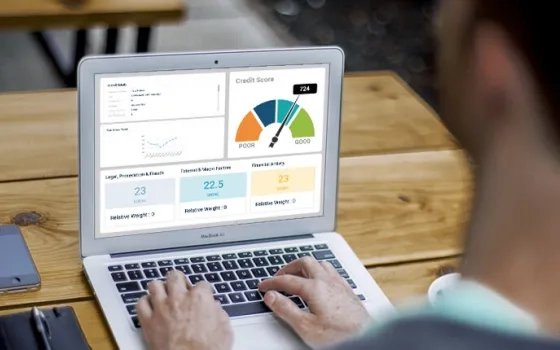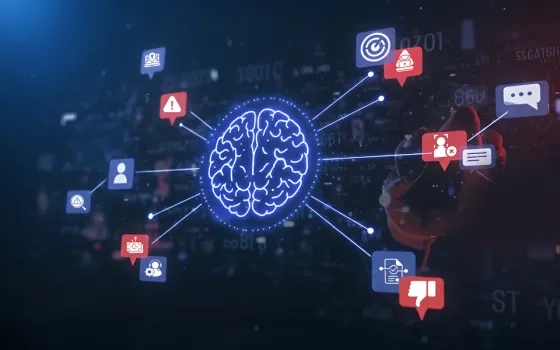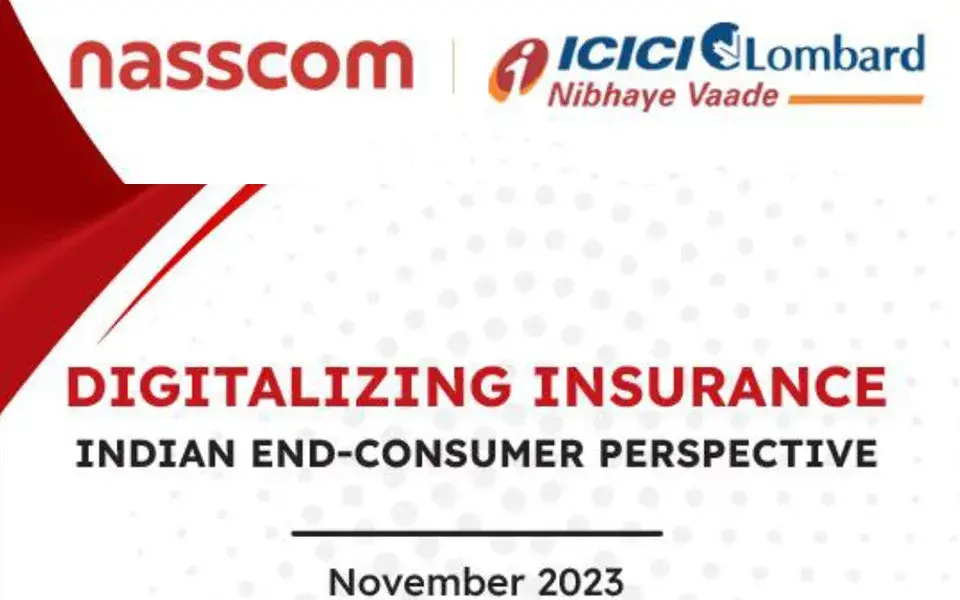Over the past couple of years, regulators and some fintechs/ neobanks have been laying the foundation for an overhaul of the credit ecosystem and some of the progressive banks have also been innovating to cope with the new reality; these transformations are set to accelerate further in the coming years, culminating in a digital lending ecosystem that’ll democratize credit. We can look forward to an environment where customers will be empowered with credit access, remotely via their smart devices or through localized/ specialized loan service providers, at competitive pricing and packaging from a variety of providers, both directly from lenders and through aggregators, driven by paperless/ digital process, with decisioning based on application data and alternative data, all of which will act as a catalyst for rapid credit growth across all segments - retail, corporate & small business.
For established and new lenders to benefit from this, they’ll need to reimagine their business, both on the customer acquisition & servicing side as well as underwriting and risk management side.
- Lending space is becoming highly competitive: - With the entry of neobanks and fintechs, customer experience (speed and convenience of service) has become as important as the product packaging, pricing, and distribution network. Advantage of some of the large lenders due to branch/ agent network will diminish over time with customers increasingly adopting digital channels; lenders who've been in business long enough may have proprietary portfolio performance data over several credit cycles to optimize pricing and risk, but lack the technology sophistication to stay competitive and stay relevant; and newer / more technologically advanced lenders using advanced technologies and alternate data to assess borrowers’ creditworthiness will achieve faster and higher rates of decisioning.
- Evolution of direct sourcing agents into loan service providers: - While intermediaries for loan origination have played an important part till date, especially for remote and underserviced borrower groups, their involvement has largely been limited to sourcing. There are open standards being defined now that’ll enable these intermediaries to go beyond sourcing, and play an active part in assessment and underwriting, disbursement, risk monitoring and collections. Such intermediaries have special knowledge, context of and proximity to the borrower groups they serve and therefore can play a vital role in borrower assessment and monitoring. While lenders will ultimately be responsible for underwriting and credit risk, lenders need to redesign their processes to adapt to this evolution and ensure their workflow is aligned to interface with loan service providers, and where possible bring in the knowledge and context into an integrated workflow.
- Traditional loan underwriting processes have become obsolete: - Over the last two decades, lenders relied heavily on internal scorecards developed using data from the applicants, credit scores from bureaus, credit ratings from rating agencies and human judgement. Commoditized risk scores and ratings from bureaus and rating agencies are useful to some extent in cases where a thick file is available and historic performance of the borrower is already established. Such processes are ineffective in accessing new borrowers with no/ thin files. While assessing borrowers they also neglect some of the most important risk parameters such as social insights, promoter behavior, business outlook, investor perception and adverse media. These legacy processes were designed at a time when such alternate datasets were unavailable and modelling it in a structured and standardized manner was not possible.
- Established risk monitoring processes have proven ineffective: - Loan monitoring has been largely based upon annual/ semi-annual risk reviews using outdated and manually collected information and manual processes. Such reviews omit periodic assessment of borrower’s financial health, tax filings, business performance, ownership structure, management structure, related businesses and their performance, industry trends, macroeconomic impact, and seldom lead to the detection of potential defaults early enough for lenders to take risk prevention/ mitigation/ remediation steps.
- Upcoming regulatory changes will create attrition risk: - Regulators are working to create infrastructure and standards that’ll allow customers easy portability of financial products. Once in place, borrowers will have the ability to easily and digitally migrate to other lenders. With lenders having little or no differentiation on product packaging, borrowers will ultimately migrate to lenders that provide the best experience.
- Deteriorating economic situations will significantly increase default rates:- With deteriorating economic conditions due to COVID-19 pandemic that will last for the next couple of years, loan defaults are expected to see a sharp increase and lenders will come under extreme stress from regulators as well as shareholders to better manage losses while also delivering credit growth.
These challenges present an opportunity to lenders to reimagine their origination channels, underwriting and monitoring processes, align to the evolving lending practices and gain competitive edge. To achieve higher approval rates, lower default rates, efficient process and regulatory compliance, lenders need to implement integrated digital platforms. This will help to streamline and automate credit underwriting and loan monitoring by deriving insights about borrowers’ financial conduct using data from both internal systems and external financial data sources and borrowers’ behavior using alternate/ external data.
- Lender’s processes and platforms will need to interface and integrate with a variety of players in the ecosystem, such as aggregators, alternate data sources, loan service providers, etc., based on evolving standards
- Such digital capabilities will help gain cost-efficiencies by reducing manual processes and improve speed of operations
- Customer experience can be significantly enhanced by minimizing paperwork and customer’s physical presence during loan assessment and for ongoing monitoring
- Platforms will also help improve borrower assessment using alternate/ external data, and help assess new borrowers with no/ limited credit history
- Integrated digital platforms can help lenders scale their operations effectively and tap into the huge underserviced segment of customers who will shortly come into the formal credit ecosystem, driven by financial inclusion initiatives of governments and next economic upcycle
- Platforms can be embedded with machine learning algorithms, so that borrowers can be periodically profiled, and any early signs of borrower stress and/ or credit default can be flagged off for priority action by the credit monitoring department, thereby bringing down the default rate
- With the advent of open banking standards (at various stages of roll-out/ adoption in different parts of the world), bringing in external financial data of customers will become much easier and automated. Such external financial data can help analyze cash flow and financial behavior of borrowers and minimize dependency on borrowers to manually provide such information for audit/ credit review
- External data, such as borrower’s related businesses and fund flows, can highlight potential misuse of funds and/ or frauds, so lenders can act quickly to minimize any negative impact
- Integrated digital platforms will also help lenders automate regulatory compliance and ensure ongoing changes to regulatory guidelines are adhered to with minimal effort
- Such platforms will also need to provide flexibility and configurability to create custom risk parameters, since each lending operation will have some uniqueness and lenders will want to build some differentiators in their models
Over the next 5 years, such integrated digital platforms will not just provide cost optimizations and better customer experience, but also help minimize loan losses systemically and become the bedrock for scaling during the next economic upcycle . With the entry of neobanks and fintechs, adoption of open banking standards by the industry, and increased customer expectations, implementing such integrated digital platforms is not a choice but a necessity for every lender, big or small, old or new.
As technology/ platform providers will propel these changes; lenders will innovate and adapt their business models; and customers will ultimately benefit from credit becoming accessible to everyone and integrated into everyday life.














